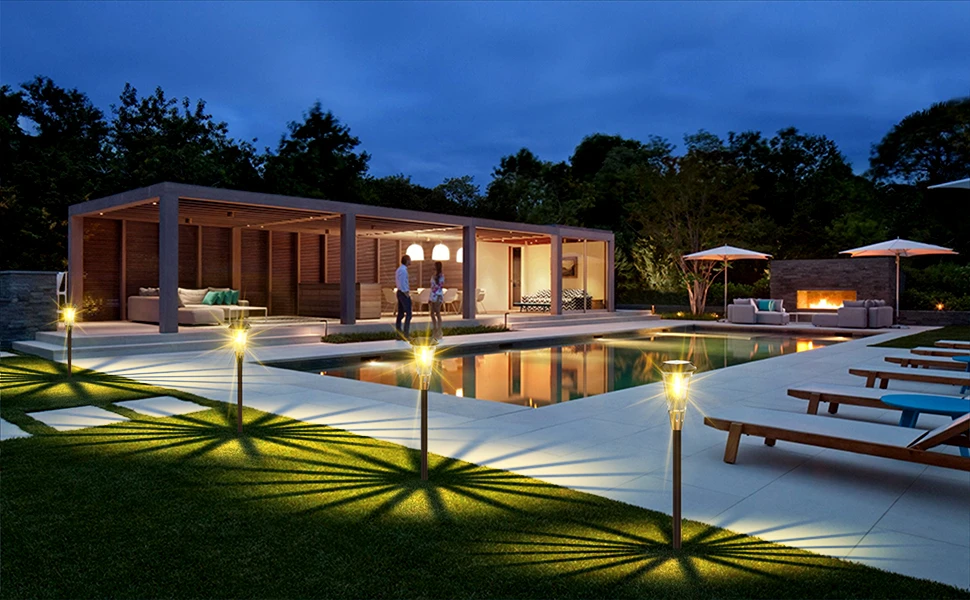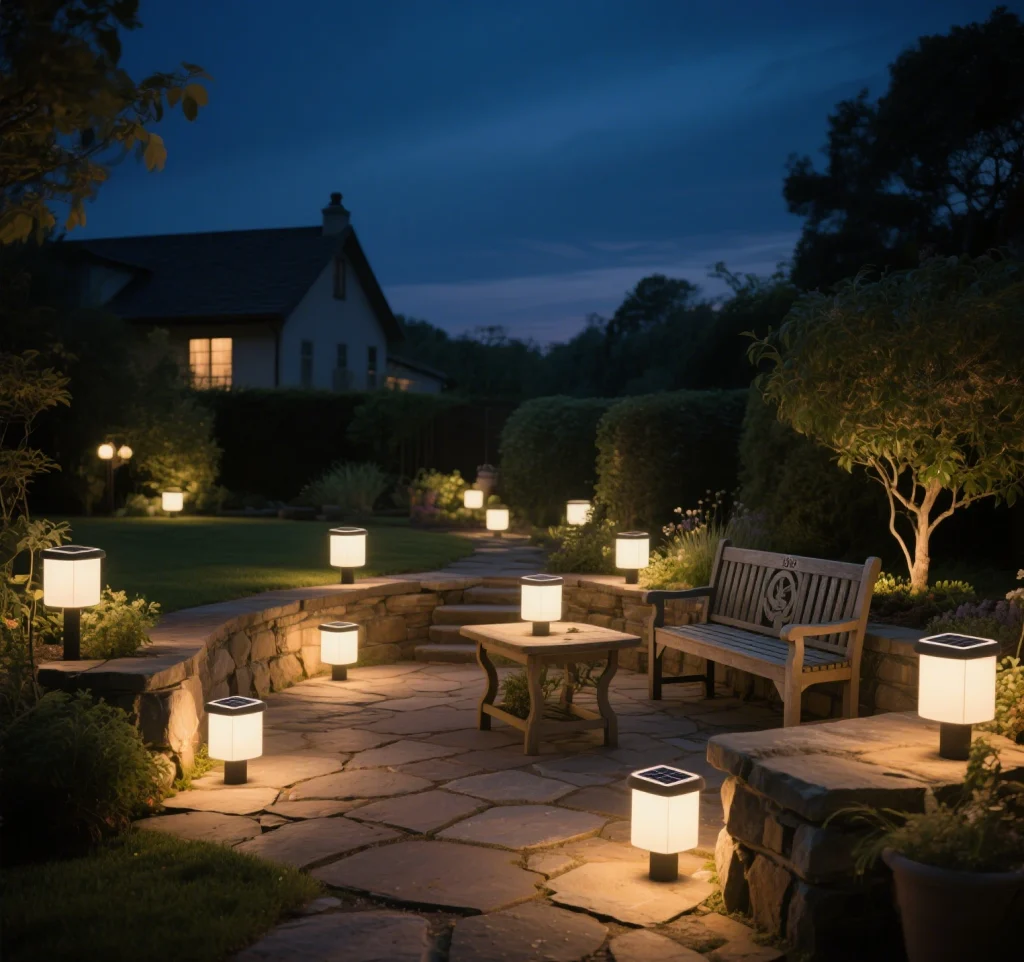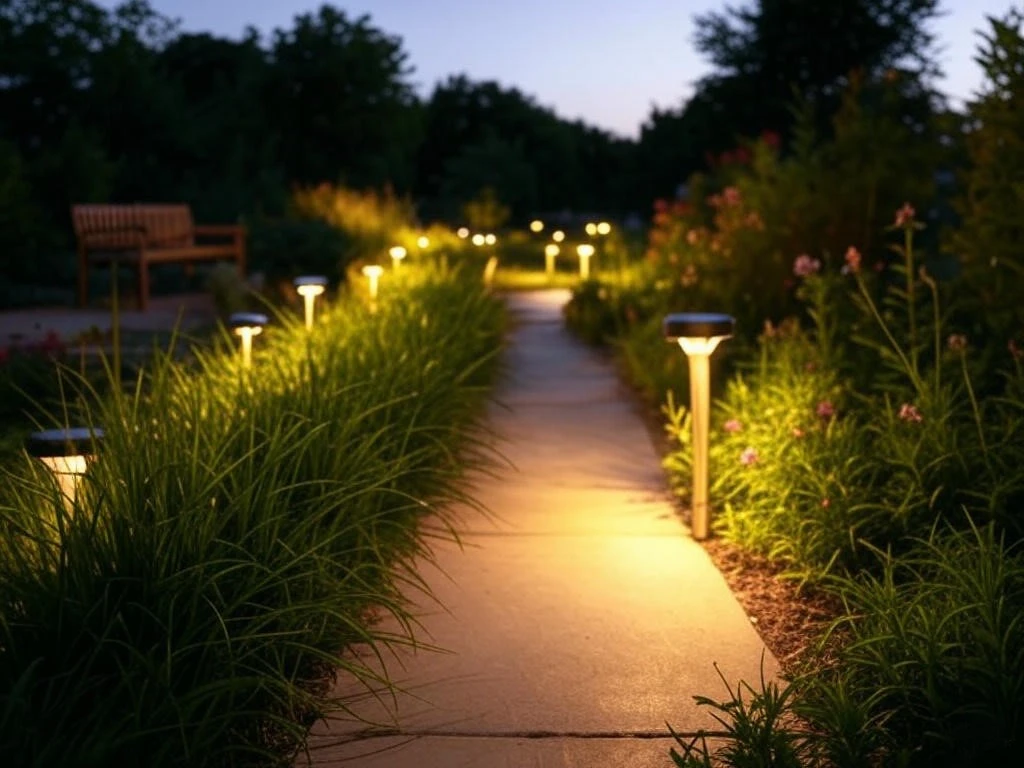Solar flood lights with motion sensors are a popular choice for homeowners seeking to enhance security and safety in outdoor spaces like driveways, yards, and entryways. These solar-powered security flood lights harness sunlight to provide bright illumination without electricity costs, combining eco-friendliness with practicality. Motion sensors ensure lights activate only when needed, conserving energy while deterring intruders. Drawing from common questions on platforms like Quora, this article addresses concerns about effectiveness, installation, and performance of solar motion sensor floodlights, providing detailed answers to inform curious users.

Common Questions and Detailed Answers
1. Are Solar Flood Lights with Motion Sensors Bright Enough for Security?
One of the most frequent concerns is whether solar security flood lights provide sufficient brightness for security purposes. The answer depends on the lumens output. High-lumen solar flood lights range from 800 to 10,000 lumens, with models like the NIORSUN (10,000 lumens) illuminating up to 1,600 square feet, ideal for solar flood lights for driveways. For smaller areas like entryways, 200–400 lumens, as offered by the URPOWER Solar Lights, suffice for solar outdoor security lighting.
To ensure adequate brightness, choose bright solar flood lights based on the area size:
- Large areas (e.g., yards, driveways): 1,000+ lumens for maximum visibility.
- Medium areas (e.g., garages): 400–800 lumens for balanced coverage.
- Small areas (e.g., porches): 200–400 lumens for accent and safety lighting.
User feedback highlights that solar-powered motion flood lights like the LECLSTAR (4,000 lumens) effectively deter intruders by casting bright, wide-ranging light when motion is detected.
2. Do Solar Flood Lights Work in Winter or Cloudy Weather?
A common question is whether solar motion sensor floodlights perform reliably in low-sunlight conditions, such as winter or cloudy days. Modern solar flood lights for security are equipped with high-capacity solar light batteries (e.g., 2000mAh or higher), which store enough energy for 6–12 hours of operation. For example, the Aootek Solar Flood Lights maintain performance with a 2200mAh battery, even after overcast days.
To optimize winter performance:
- Choose weather-resistant solar flood lights with IP65 or IP67 ratings, like the AloftSun (IP68), to withstand snow and cold.
- Position lights in areas with maximum sunlight exposure, avoiding shade from trees or buildings.
- Opt for high-efficiency solar flood lights with monocrystalline panels, which charge more effectively in low light.
While charging may be slower in winter, solar-powered security flood lights with robust batteries ensure consistent operation, addressing concerns about reliability.
3. How Easy Is It to Install Solar Flood Lights with Motion Sensors?
Installation is a top concern for DIY enthusiasts. Solar flood lights with motion sensors are designed for easy, wire-free setup, eliminating the need for professional electricians. Most models, such as the Westinghouse Security Light, include screws or adhesive mounts for quick installation on walls, fences, or poles. Here’s a step-by-step guide to address installation queries:
- Choose the Location: Place solar motion-activated flood lights in areas with 4–6 hours of direct sunlight. Ensure the motion sensor covers key zones like driveways or entrances.
- Mount the Light: Clean the mounting surface and use provided hardware to secure the light. For solar flood lights for yards, adjust the angle to optimize sensor range (typically 15–70 feet).
- Test the Sensor: Walk within the detection range (e.g., 26 feet for Aootek) to confirm activation. Adjust the sensor angle if needed.
- Charge and Test: Allow a full day of charging before testing at night to ensure solar outdoor security lighting performs as expected.
This simplicity makes solar-powered motion flood lights ideal for remote areas or properties without easy access to electrical wiring.
4. How Long Do Solar Flood Lights with Motion Sensors Last?
Durability is a key concern for users investing in solar security flood lights. High-quality models typically last 2–5 years, with LED solar flood lights offering up to 50,000 hours of illumination. For example, the Baxia Technology Solar Lights (2,000 lumens) feature durable ABS plastic and IP65 ratings, ensuring longevity in harsh weather.
To extend lifespan:
- Clean solar panels every few months to remove dust or debris, maintaining eco-friendly solar flood lights efficiency.
- Replace batteries (e.g., NiMH or lithium-ion) every 1–2 years if performance declines.
- Choose weather-resistant solar flood lights with IP65 or higher ratings to withstand rain, snow, or UV exposure.
Regular maintenance ensures solar flood lights for security remain reliable, addressing concerns about long-term performance.
5. Are Solar Flood Lights with Motion Sensors Worth the Cost?
Users often ask whether solar-powered security flood lights justify their upfront cost. While prices range from $20 to $100, the long-term savings are significant. Solar motion sensor floodlights eliminate electricity costs, with studies showing up to 90% savings compared to wired floodlights. For instance, a 1,000-lumen model like the Westinghouse saves on energy bills while providing robust security.
Additional cost benefits include:
- Low maintenance: LED solar flood lights require minimal upkeep, with durable materials reducing replacement needs.
- No installation fees: The wire-free design of solar flood lights for driveways eliminates electrician costs, which can exceed $100 per hour.
- Environmental impact: Eco-friendly solar flood lights reduce carbon emissions, aligning with sustainable living trends.
User reviews consistently highlight the value of models like the LECLSTAR, which offers 4,000 lumens for large-scale solar outdoor security lighting at a reasonable price.

6. Can Solar Flood Lights Be Used for Non-Security Purposes?
Beyond security, solar motion-activated flood lights are versatile for various applications. For example:
- Pathway Lighting: Models like the Baxia Technology (2,000 lumens) illuminate walkways or garden paths, enhancing safety for nighttime navigation.
- Aesthetic Lighting: Solar flood lights for yards with warm white LEDs, like the Linkind StarRay, add ambiance to patios or gardens.
- Event Lighting: Adjustable high-lumen solar flood lights can highlight outdoor gatherings, with motion sensors conserving energy when not in use.
This versatility makes solar-powered motion flood lights a multi-purpose solution, addressing questions about their broader utility.
7. How Do Motion Sensors Work in Solar Flood Lights?
Users often seek clarity on how solar security flood lights detect motion. Most models use passive infrared (PIR) sensors, which detect heat and movement within a specific range (10–70 feet) and angle (120–270 degrees). For example, the TBI Security Solar Flood Lights offer a 40-foot range, ideal for long-range solar flood lights.
To optimize sensor performance:
- Mount lights at 6.5–10 feet high to maximize detection range.
- Adjust the sensor angle to avoid false triggers from moving branches or pets.
- Choose solar motion sensor floodlights with adjustable sensitivity, like the RuoKid (30–70 feet range), for customized detection.
This functionality ensures solar-powered security flood lights activate only when needed, enhancing energy efficiency and security.
8. What Are the Best Brands for Solar Flood Lights with Motion Sensors?
Quora users often ask for trusted brands. Top performers include:
- NIORSUN: Known for high-lumen solar flood lights (10,000 lumens), ideal for large areas.
- LECLSTAR: Offers 4,000 lumens and a 280-degree sensor angle for solar flood lights for driveways.
- Aootek: Affordable and reliable with 800 lumens and a 270-degree sensor for solar outdoor security lighting.
- Bitpott: Provides balanced 1,200-lumen solar motion-activated flood lights with an IP66 rating.
These brands consistently receive positive feedback for durability, brightness, and ease of use, addressing concerns about product reliability.
Maintenance Tips for Long-Term Performance
To keep solar flood lights with motion sensors performing optimally:
- Clean Panels: Wipe solar panels every 3–6 months to remove dust, ensuring high-efficiency solar flood lights charge fully.
- Check Batteries: Replace high-capacity solar light batteries every 1–2 years if light output dims.
- Inspect Mounts: Ensure weather-resistant solar flood lights remain secure after storms or heavy winds.
- Test Sensors: Periodically walk within the detection range to confirm solar motion sensor floodlights activate correctly.
These steps address user concerns about maintaining consistent performance over time.
Conclusion
Solar flood lights with motion sensors offer a powerful, eco-friendly solution for enhancing security and safety. By addressing common questions about brightness, winter performance, installation, and versatility, this guide clarifies why solar-powered security flood lights are a worthwhile investment. Models like NIORSUN, LECLSTAR, and Aootek provide high-lumen solar flood lights tailored to diverse needs, from solar flood lights for yards to driveways. With easy installation, low maintenance, and significant cost savings, solar outdoor security lighting delivers both practicality and peace of mind for curious homeowners.


Leave a Reply